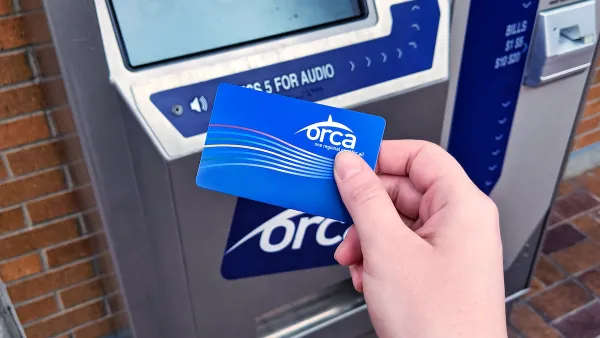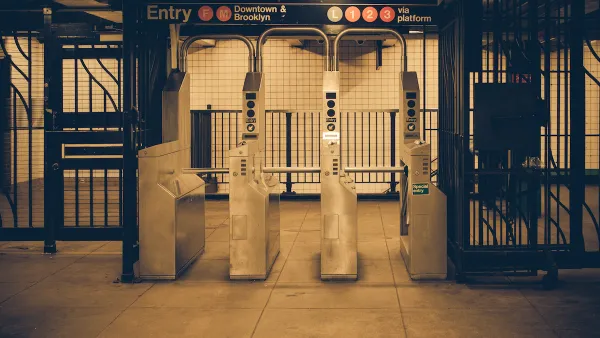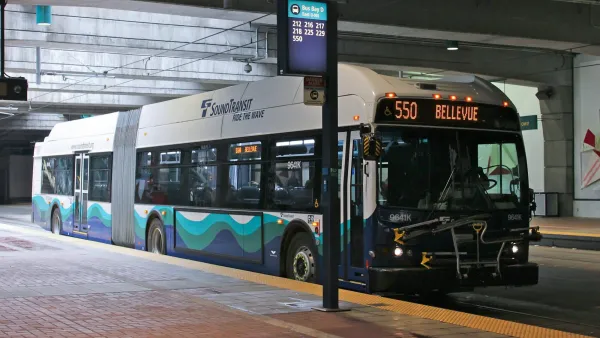While some of the country’s largest transit operators are cracking down on fare dodgers with expensive—and often cumbersome—turnstiles and gates, others are looking deeper to address the root causes of fare evasion.

“Fare evasion is a topic that rears its head regularly; it’s a staple of local TV news and a frequent target of high-profile crackdowns,” write John Surico and Lillianna Byington in Bloomberg CityLab. With ridership still well below pre-pandemic levels and many transit agencies facing a fiscal cliff, transit operators are cracking down on fare evasion even more severely.
But “At the same time, targeting riders with heavy-handed policing in the wake of a deadly pandemic that revealed the inequities of public transit in the US carries with it a tone that didn’t exist before. As does millions of dollars in spending that doesn’t appear to match the cost of the issue it’s trying to address.” Meanwhile, “technological solutions have been elusive, as dodger-resistant turnstiles can be both expensive to install and difficult to use, slowing boarding, limiting accessibility for wheelchair users and irritating paying riders.”
“Critics of fare evasion enforcement often cite the high expense of curbing it,” with a 2018 Streetsblog article pointing out that New York City’s MTA planned to spend $249 million to save $200 million in fare evasion. “Interactions with law enforcement can also pose physical risks, both to riders and transit staffers: Earlier this week, three members of the New York MTA’s Eagle Team, which works to combat fare evasion, were fired at by a bus rider over an unpaid fare.”
To address the problem in new ways, some cities are experimenting with diversion options in lieu of citations, allowing people to pay for transit with EBT cards, or eliminating fares—and the costs of fare collection and enforcement—altogether.
FULL STORY: The Real Costs of Curbing Fare Evasion

Analysis: Cybertruck Fatality Rate Far Exceeds That of Ford Pinto
The Tesla Cybertruck was recalled seven times last year.

National Parks Layoffs Will Cause Communities to Lose Billions
Thousands of essential park workers were laid off this week, just before the busy spring break season.

Retro-silient?: America’s First “Eco-burb,” The Woodlands Turns 50
A master-planned community north of Houston offers lessons on green infrastructure and resilient design, but falls short of its founder’s lofty affordability and walkability goals.

Test News Post 1
This is a summary

Analysis: Cybertruck Fatality Rate Far Exceeds That of Ford Pinto
The Tesla Cybertruck was recalled seven times last year.

Test News Headline 46
Test for the image on the front page.
Urban Design for Planners 1: Software Tools
This six-course series explores essential urban design concepts using open source software and equips planners with the tools they need to participate fully in the urban design process.
Planning for Universal Design
Learn the tools for implementing Universal Design in planning regulations.
EMC Planning Group, Inc.
Planetizen
Planetizen
Mpact (formerly Rail~Volution)
Great Falls Development Authority, Inc.
HUDs Office of Policy Development and Research
NYU Wagner Graduate School of Public Service




























